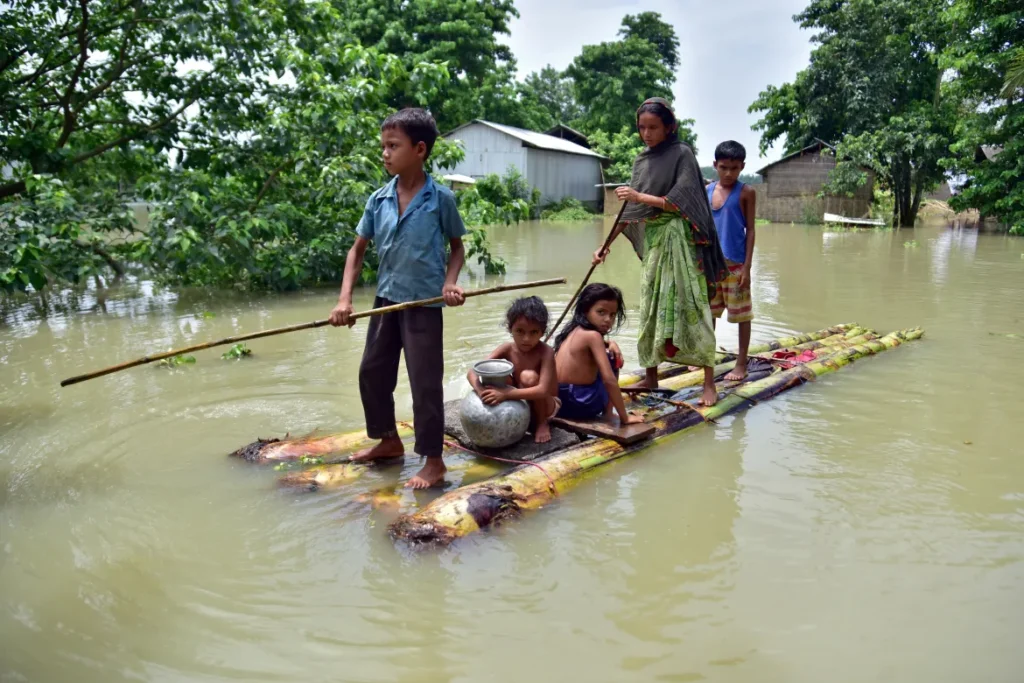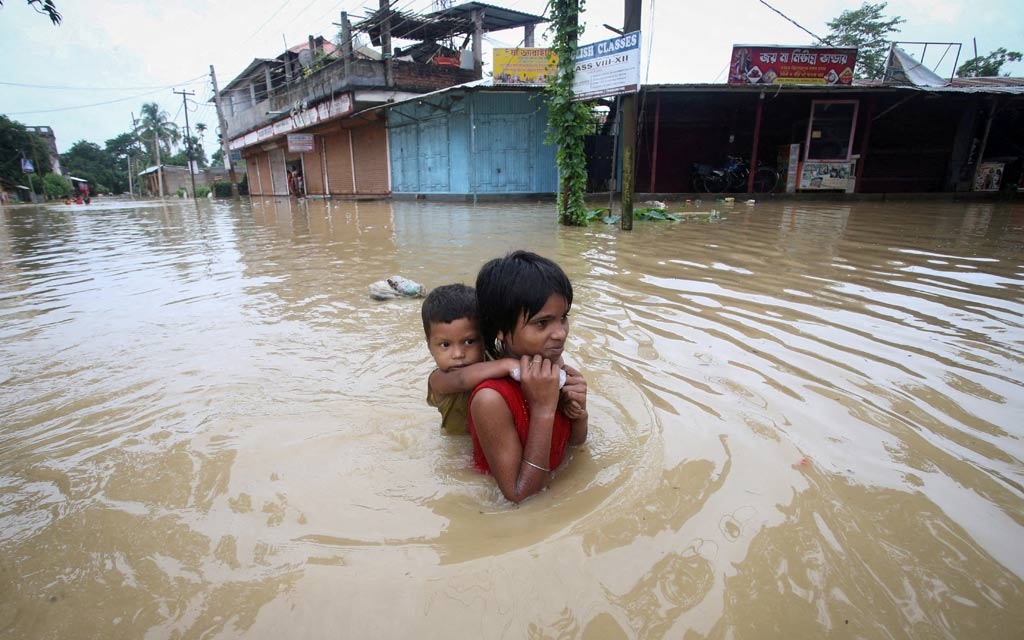By The Nexus Gazette.
22th August, 2024.
In recent days, widespread flooding in Bangladesh’s eastern districts has sparked concerns, with many attributing the disaster to the opening of the Dumbur Dam in Tripura, India. However, the Ministry of External Affairs (MEA) of India has stepped forward to clarify that this is not the case. Let’s delve into the facts and understand the real cause behind the floods.
The Dumbur Dam, a key hydroelectric project, is situated in the northeastern Indian state of Tripura. It is strategically located on the Gumti River, a transboundary river that flows through both India and Bangladesh. However, it’s important to note that the dam is over 120 kilometers upstream from the Bangladesh border, distancing it significantly from the flood-prone areas in the neighboring country.

The primary function of the Dumbur Dam is to generate hydroelectric power. This dam contributes to the regional power grid, from which Bangladesh draws a significant amount of electricity—specifically 40 megawatts—from Tripura. The dam’s operations are crucial for maintaining a stable power supply in the region, but they are not directly linked to flood control.
Tripura recently experienced one of its heaviest bouts of rainfall this year, leading to significant water accumulation in the catchment areas of the Gumti River. As the rainwater flowed into the reservoir of the Dumbur Dam, the dam’s automatic release mechanism was triggered.

It’s essential to understand that automatic water releases are a standard feature in dams designed for power generation. These releases are not manual or sudden but are instead a routine process to maintain the dam’s structural integrity and prevent overflow. The heavy rainfall in the region naturally increased water levels in the river, leading to automatic releases that helped stabilize the reservoir, ensuring the dam’s continued operation.
India and Bangladesh have a long-standing protocol for sharing real-time flood data, crucial for managing the effects of monsoon rains on transboundary rivers like the Gumti. However, a recent power outage in the region temporarily disrupted this communication. Despite this, India continued to share vital flood data through alternative channels to keep Bangladesh informed.

Both countries recognize that floods on shared rivers are a common challenge that requires cooperative management. This collaborative approach helps mitigate the impact on populations on both sides of the border, emphasizing the importance of sustained communication and mutual support during natural disasters.

The recent floods in Bangladesh were not caused by the release of water from India’s Dumbur Dam. Instead, the heavy rainfall in the catchment areas of the Gumti River played a significant role in the rising water levels. As India continues to support Bangladesh through data sharing and cooperative efforts, it is clear that addressing shared water-related challenges is essential for the well-being of both nations.
India’s MEA has been clear in refuting the claims that the Dumbur Dam is to blame for the floods, urging both countries to focus on the actual causes and work together to prevent future tragedies.
Resources:
1.https://www.tbsnews.net/bangladesh/floods-bangladesh-not-due-release-waters-dam-says-india-922556